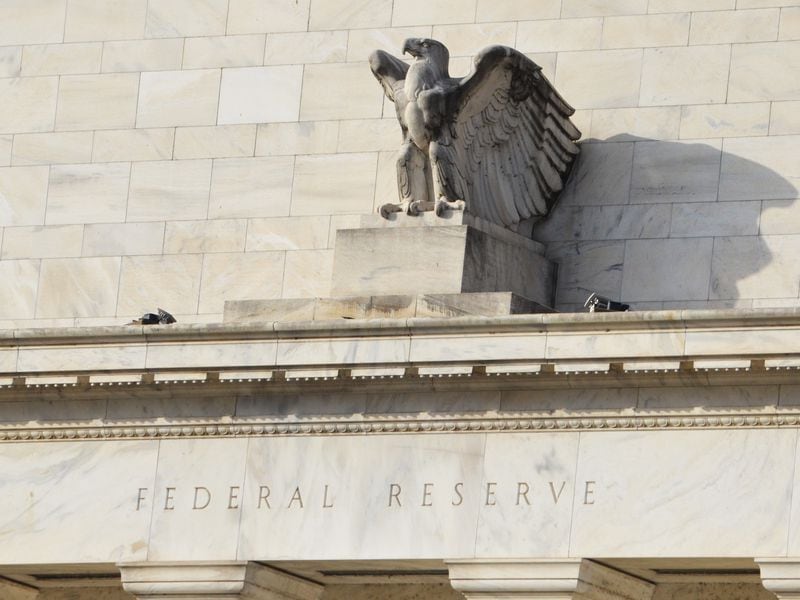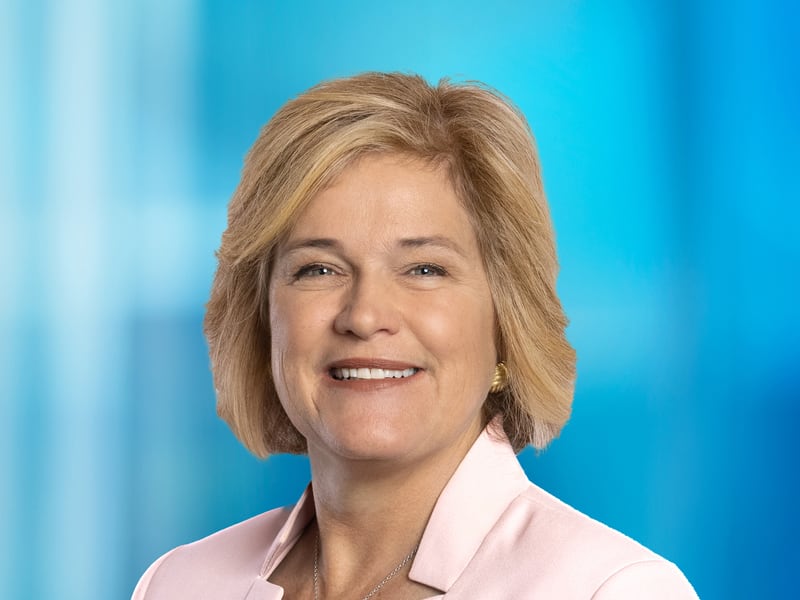USDC’s Depeg Laid Bare the Risks Traditional Finance Poses to Stablecoins
BowTiedBull
President
BowTied Jungle
The pseudonymous investor BowtiedBull explores the BowtiedJungle, where citizens swap advice on investing, job-seeking, …
BowTiedBull
President
BowTied Jungle
The pseudonymous investor BowtiedBull explores the BowtiedJungle, where citizens swap advice on investing, job-seeking, …
:format(jpg)/s3.amazonaws.com/arc-authors/coindesk/04b152f9-41dc-4b93-89b2-eaeadcdd5ba7.jpeg)
Cristiano Ventricelli is a DeFi and digital assets assistant vice president analyst at Moody’s Investors Service.
BowTiedBull
President
BowTied Jungle
The pseudonymous investor BowtiedBull explores the BowtiedJungle, where citizens swap advice on investing, job-seeking, …
BowTiedBull
President
BowTied Jungle
The pseudonymous investor BowtiedBull explores the BowtiedJungle, where citizens swap advice on investing, job-seeking, …
Regulators have expressed concern in recent years that decentralized finance (DeFi) could pose risks to the traditional financial (TradFi) services sector. Those worries were magnified by events such as algorithmic stablecoin terraUST’s collapse and the failure of the FTX crypto exchange in 2022, which had relatively limited spillover effects on established financial institutions.
Cristiano Ventricelli is the associate vice president of DeFi and digital assets at Moody’s Investors Service.
But a new realization has emerged following the recent failures of Silicon Valley Bank and Signature Bank: distress from established financial institutions can spread to the DeFi sector, too.
That is, effectively, what happened this year when Circle’s USD coin (USDC) lost its peg to the dollar on March 10, the day U.S. banking authorities stepped in to take over Silicon Valley Bank (SVB). The fiat-backed stablecoin fell below $.90 following the announcement that Circle had up to $3.3 billion in exposure to SVB, which had suffered a deposit run.
Other, smaller-circulation stablecoins lost their pegs, too, including BUSD, issued by Paxos, and crypto-backed stablecoin DAI, issued by MakerDAO. Only USDT seemed to benefit from the turmoil, briefly exceeding $1, most likely because of investors shifting out of the depegged stablecoins.
The depeg event was relatively short-lived. After U.S. banking authorities announced that uninsured depositors at Silicon Valley Bank would be fully covered, the USDC price began rising toward $1, and USDC, DAI and BUSD remain at their $1 peg as of April 2, 2023.
But, in Moody’s view, the risks have now been laid bare. What the depeggings highlighted is that stablecoin issuers’ reliance on a relatively small set of off-chain financial institutions limits their stability. And broader awareness of these risks could actually make the situation worse for stablecoin issuers.
In the aftermath of the USDC depeg, Circle managed to onboard new banking partners, thereby reducing concentration risk. Nonetheless, TradFi financial institutions could decide to reconsider working with stablecoin operators, and the reduction in the available pool of financial institutions partners would make it even more difficult for fiat-backed stablecoins to maintain stable exchange rates.
In light of these recent events, regulators could increase their scrutiny of stablecoins. Last year, the Terra/LUNA collapse raised concerns about stablecoins’ reserves, leading regulators to recommend additional liquidity and transparency requirements. Now, the depeg of USDC and other stablecoins is highlighting a different set of governance risks related to the custody of reserve assets. The EU cryptoasset regulation (MiCA) briefly touches on this, but leaves precise regulatory standards to be determined by European banking authorities.
Moody’s anticipates that the Silicon Valley Bank and Signature Bank failures could trigger additional regulatory requirements, notably on counterparty diversification. As TradFi and DeFi become more intertwined, notably through tokenization of real world assets, the risk of systemic failure increases, emphasizing the need for effective regulation, transparency and risk management.
There is also growing interest in exploring alternative solutions to address the shortcomings of stablecoins. One potential alternative is tokenized bank deposits, which allow users to hold digital tokens that represent ownership of underlying bank deposits. Tokenized bank deposits would be subject to the regulatory standards of banking, providing greater confidence in the underlying assets’ safety, although credit risks associated with traditional banking would of course remain.
Another potential alternative is central bank digital currencies (CBDCs), digital representations of fiat currencies issued by central banks. CBDCs could eliminate the need for a third-party custodian and provide direct access to central bank reserves. However, in our view, CBDCs likely are still years away from being implemented on a large scale.
Stablecoins will likely play a significant role in the digital asset ecosystem for the foreseeable future, meaning regulators will need to keep monitoring and addressing their associated risks.
Learn more about Consensus 2023, CoinDesk’s longest-running and most influential event that brings together all sides of crypto, blockchain and Web3. Head to consensus.coindesk.com to register and buy your pass now.

DISCLOSURE
Please note that our
privacy policy,
terms of use,
cookies,
and
do not sell my personal information
has been updated
.
The leader in news and information on cryptocurrency, digital assets and the future of money, CoinDesk is a media outlet that strives for the highest journalistic standards and abides by a
strict set of editorial policies.
CoinDesk is an independent operating subsidiary of
Digital Currency Group,
which invests in
cryptocurrencies
and blockchain
startups.
As part of their compensation, certain CoinDesk employees, including editorial employees, may receive exposure to DCG equity in the form of
stock appreciation rights,
which vest over a multi-year period. CoinDesk journalists are not allowed to purchase stock outright in DCG
.
:format(jpg)/s3.amazonaws.com/arc-authors/coindesk/04b152f9-41dc-4b93-89b2-eaeadcdd5ba7.jpeg)
Cristiano Ventricelli is a DeFi and digital assets assistant vice president analyst at Moody’s Investors Service.









